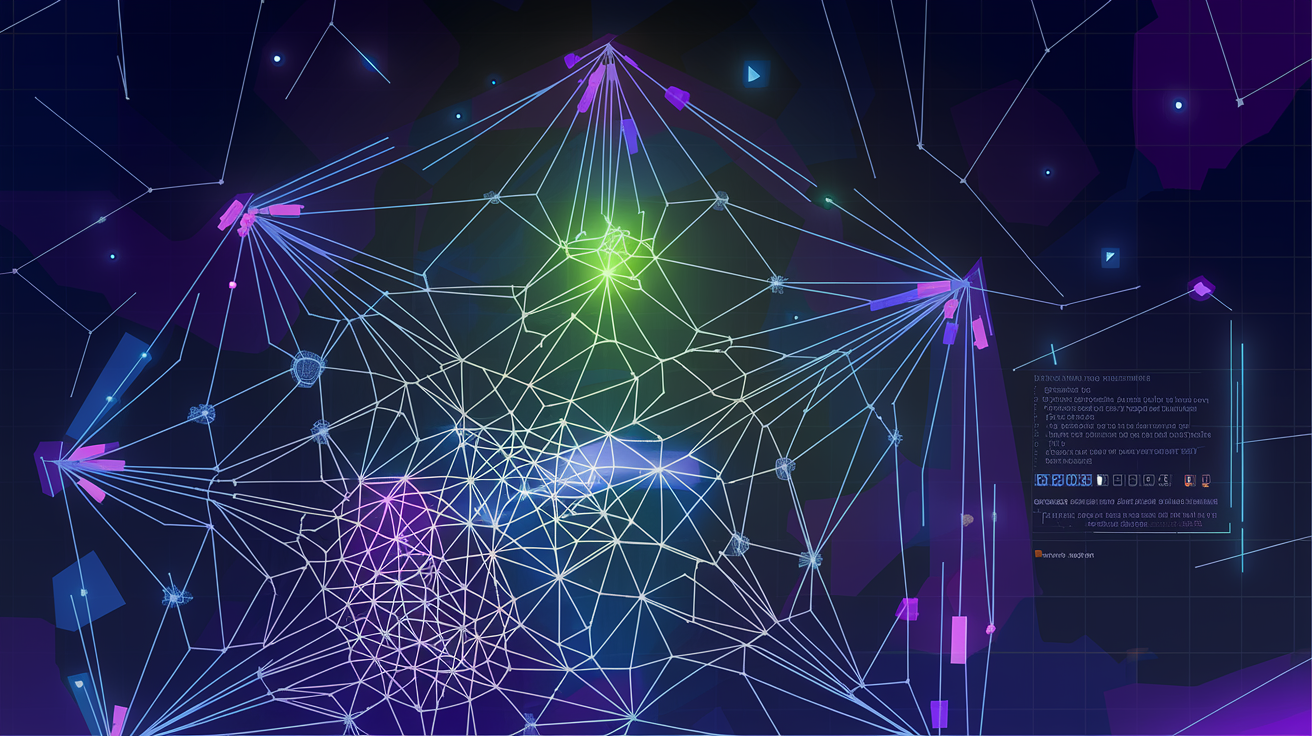
Addressing Logistical Challenges with AI
Organizations encounter various logistical challenges daily, such as optimizing delivery routes, managing supply chains, and streamlining production schedules. These tasks often involve large datasets and multiple variables, making traditional methods inefficient. The need for improved efficiency, reduced costs, and enhanced customer satisfaction highlights the demand for advanced optimization tools.
NVIDIA’s cuOpt: A Game-Changer in Optimization
NVIDIA has launched cuOpt, an open-source AI-powered decision optimization engine. This powerful software is now available for free, allowing developers to achieve real-time optimization on a large scale. Previously proprietary, cuOpt combines GPU acceleration with advanced algorithms to solve complex optimization problems quickly and efficiently.
Benefits of cuOpt
cuOpt utilizes the parallel processing capabilities of GPUs, significantly outperforming traditional CPU-based methods. It employs specialized algorithms to tackle complex combinatorial optimization challenges, such as vehicle routing and job scheduling, much faster. By using advanced heuristics and metaheuristics, cuOpt enables real-time decision-making that was previously unattainable.
Real-World Impact
Companies using cuOpt have reported substantial improvements in operational efficiency. Early adopters have experienced optimization speeds up to 20 times faster than conventional solutions. This capability allows organizations to adjust routes and schedules dynamically based on real-time data, leading to reduced operational costs and improved service delivery.
Scalability and Integration
cuOpt’s scalability ensures consistent performance improvements, even as problem sizes increase. It integrates seamlessly with popular AI and data science frameworks, such as Python and RAPIDS, making it user-friendly and easy to adopt.
Conclusion: Democratizing Optimization Technology
NVIDIA’s decision to open-source cuOpt marks a significant step in making advanced optimization technologies accessible to all. This initiative fosters innovation and collaboration, enabling businesses of all sizes to leverage cutting-edge optimization capabilities. By adopting cuOpt, organizations can enhance their efficiency, responsiveness, and competitive advantage in a data-driven landscape.
Next Steps
Explore how AI can transform your work processes. Identify areas for automation and customer interactions where AI can add value. Establish key performance indicators (KPIs) to measure the impact of your AI investments. Choose tools that align with your objectives and start with small projects to gather data before scaling up.
For guidance on managing AI in business, contact us at hello@itinai.ru. Connect with us on Telegram, X, and LinkedIn.


























